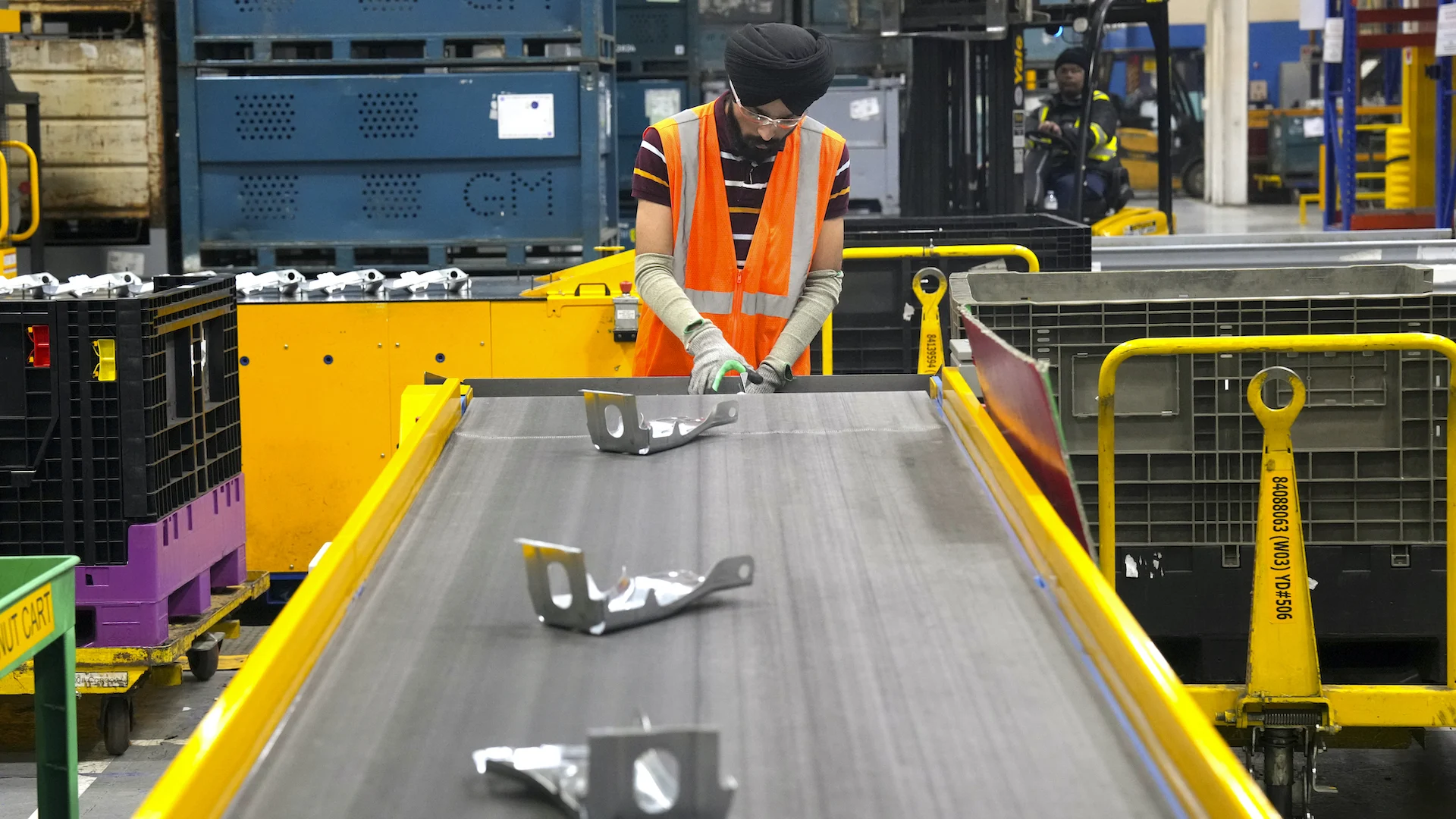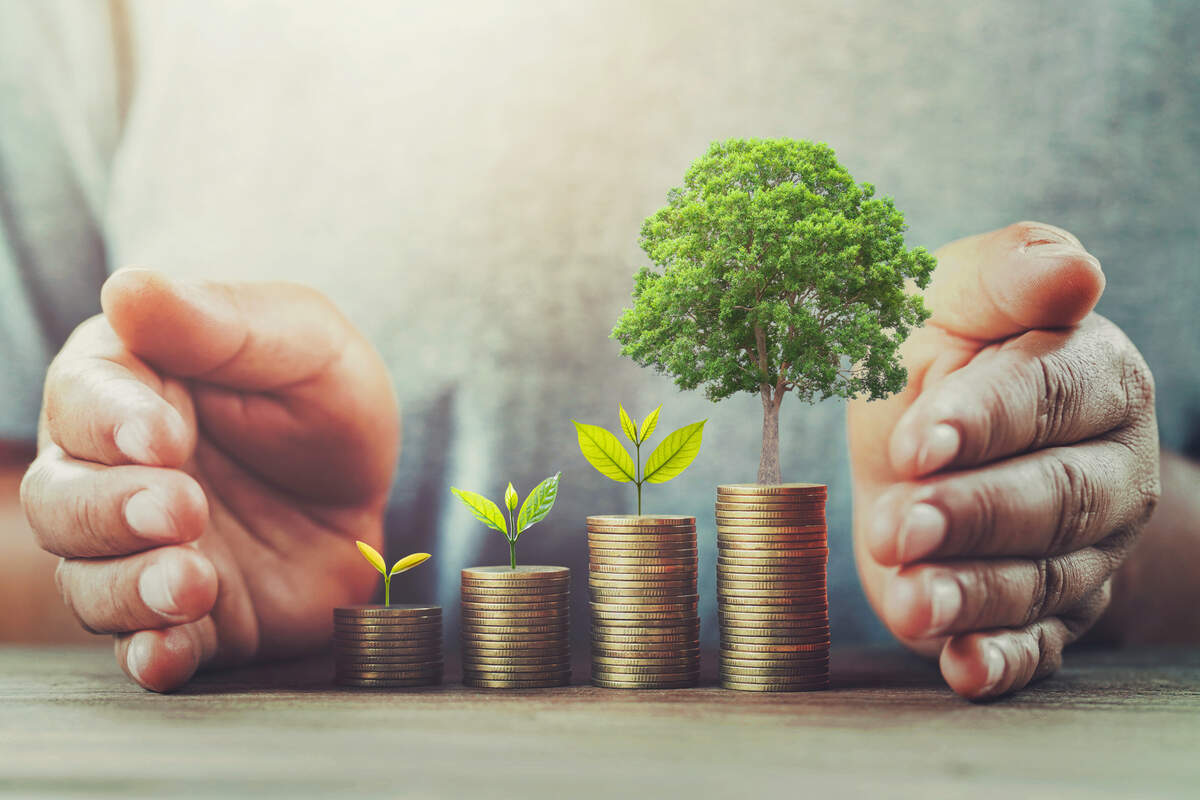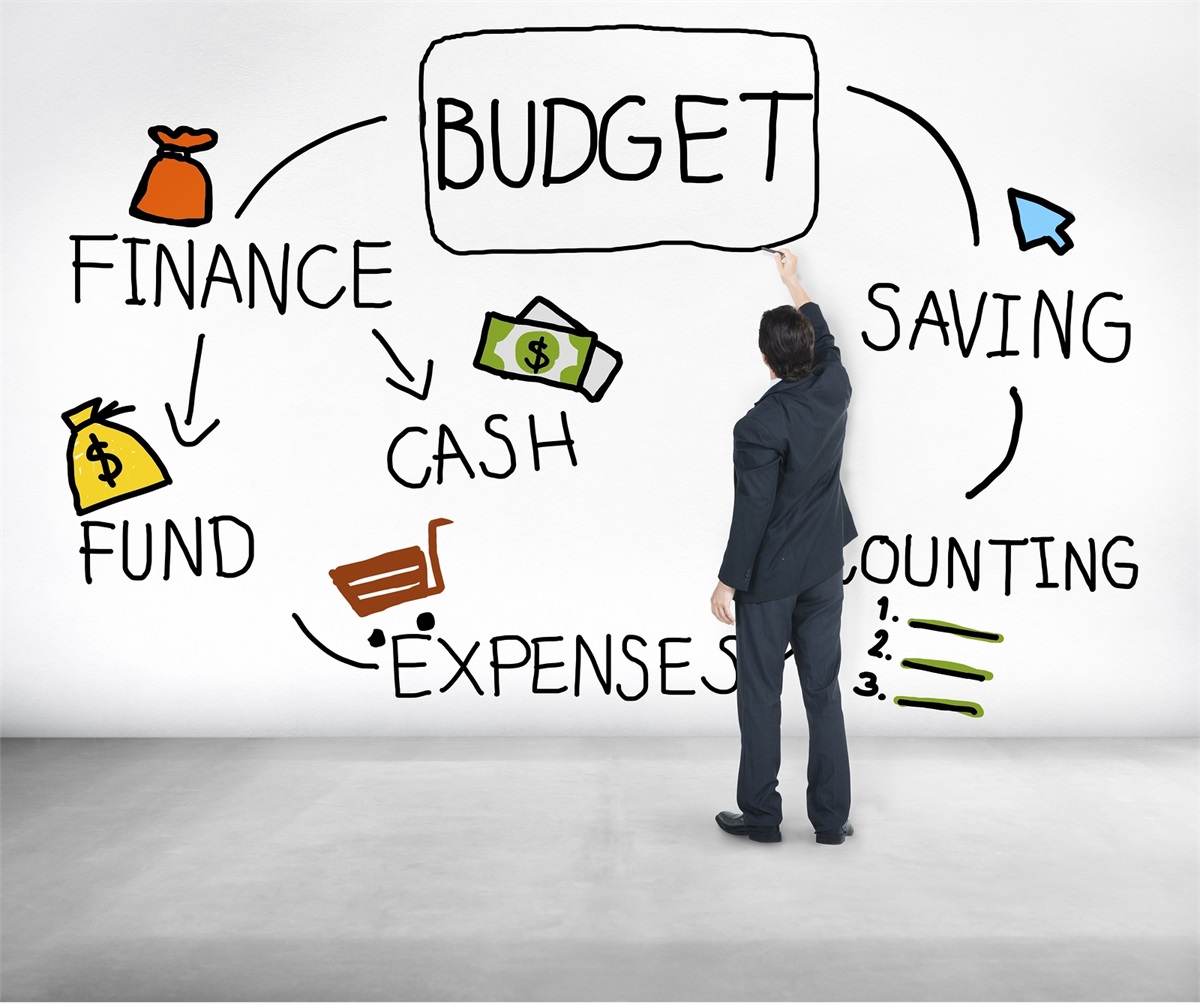Are Tariffs Driving Inflation? Experts Weigh In
Are Tariffs Driving Inflation? Experts Weigh In inflation. A word that can stir unease in the hearts of economists and everyday consumers alike. Prices tick upward, groceries eat more of your paycheck, and suddenly, the cup of coffee you grabbed every morning becomes a luxury. But what causes this economic pressure cooker to heat up? While many factors play a role in rising prices, one culprit that’s been drawing a spotlight recently is tariffs. Yes—those import taxes that often sound more like political talking points than inflation triggers. But is there a real tariff inflation connection? Let’s unpack the story behind the headlines and hear what the experts have to say.

Understanding the Basics: What Are Tariffs?
Tariffs are taxes imposed by a government on imported goods. While the primary aim is to protect domestic industries from foreign competition, tariffs can also be used as a geopolitical tool or bargaining chip in trade negotiations. In theory, they make imported goods more expensive, encouraging consumers to buy local products instead. Sounds patriotic, right?
But here’s the twist—tariffs don’t exist in a vacuum. The costs often ripple across supply chains and consumer markets, influencing everything from raw material prices to finished goods. And that’s where the tariff inflation connection begins to simmer.
A Look Back: Tariffs in Recent History
To understand the tariff inflation connection, we need to take a quick detour into recent history. The U.S.-China trade war, which intensified during 2018–2019, brought tariffs to the center of economic discourse. The U.S. slapped tariffs on over $360 billion worth of Chinese goods, ranging from steel and aluminum to electronics and clothing. China retaliated in kind.
Initially, many hoped these measures would revive American manufacturing. But fast forward, and the outcomes were mixed. Some industries saw a slight uptick, but the broader impact? Rising costs for businesses and consumers.
In fact, a 2019 study by the Federal Reserve Bank of New York, Princeton University, and Columbia University concluded that the full cost of these tariffs was passed on to American consumers. Inflationary pressures? You bet.
Supply Chains and Sticker Shock
The modern global economy thrives on complex, interconnected supply chains. Car parts made in Mexico. Microchips from Taiwan. Textiles from Vietnam. When tariffs disrupt these finely tuned networks, the result isn’t just delayed shipments—it’s cost escalation.
Let’s say a U.S. furniture company imports wooden frames from Asia. If those frames are suddenly slapped with a 25% tariff, the company faces a tough choice: absorb the cost and shrink profit margins, or pass it on to the consumer. Spoiler alert: it’s often the latter.
And when this pattern repeats across multiple industries, the tariff inflation connection becomes more evident. Retailers hike prices. Wholesalers adjust their catalogs. Consumers feel the pinch at checkout.
Tariffs and the Inflation Index
Inflation is typically measured by the Consumer Price Index (CPI), which tracks price changes across a basket of goods and services. When tariffs increase production and import costs, they directly affect the components of the CPI—particularly food, clothing, electronics, and housing materials.
Experts argue that while tariffs alone don’t cause inflation, they act as accelerants in an already combustible economy. Imagine inflation as a campfire: low interest rates, stimulus checks, and supply constraints add kindling. Then tariffs come in with a splash of gasoline.
According to economists at the Peterson Institute for International Economics, tariffs imposed during the U.S.-China trade conflict added approximately 0.3 percentage points to inflation. That might sound minor, but in an inflation-sensitive market, it’s a notable spike.
The Role of Global Events
Tariffs don’t operate in isolation. Their inflationary effects are often amplified—or dampened—by global events. Take the COVID-19 pandemic, for instance. It snarled global supply chains, limited production, and created bottlenecks in shipping. Add tariffs into that chaotic mix, and you have a recipe for steep price hikes.
Similarly, geopolitical tensions, like the Russia-Ukraine conflict, impact energy and food prices. When countries respond by adjusting tariffs to protect domestic markets, the tariff inflation connection gets entangled in a web of global policy reactions. The effects can be swift, unpredictable, and deeply felt.
Who Really Pays the Price?
A common misconception is that foreign exporters bear the cost of tariffs. In practice, the burden typically falls on domestic importers—and ultimately consumers. When an American company imports goods from abroad, it pays the tariff upfront and then decides how to distribute that cost.
A 2021 study by the Congressional Budget Office found that tariffs disproportionately affected lower-income households, which spend a larger share of their income on goods. Essentials like food, clothing, and household supplies—often imported—became more expensive.
That’s a big reason why the tariff inflation connection worries both economists and policy advocates. It can deepen economic inequality, stifle consumer spending, and distort market signals that businesses rely on.
Expert Insights: What Economists Are Saying
Let’s zoom in on what the experts think. Dr. Jason Furman, former Chair of the Council of Economic Advisers, has warned that protectionist policies, including tariffs, are “a recipe for higher prices, not stronger growth.”
Similarly, Mary Lovely, a senior fellow at the Peterson Institute, notes that “tariffs are inflationary by nature,” especially when imposed on consumer goods. Her research shows that even when tariffs are lifted, price reductions aren’t immediate—companies often maintain higher prices to regain lost margins.
Yet, not all experts see tariffs as pure villains. Some argue that in certain strategic industries—like semiconductors or pharmaceuticals—tariffs can encourage domestic investment and reduce dependence on volatile international markets. The key, they suggest, lies in balance and timing.
The Political Perspective
Tariffs have always carried political weight. For some, they represent economic patriotism—a way to reclaim manufacturing jobs and assert national sovereignty. For others, they’re economic handcuffs that restrict trade freedom and raise consumer costs.
In recent years, leaders across the political spectrum have deployed tariffs as tools for negotiation, often with mixed economic results. While the intentions may be noble, the unintended consequence—a clear tariff inflation connection—remains hard to ignore.
And let’s not forget the electoral impact. Rising grocery bills and product shortages don’t play well at the polls. Politicians are increasingly caught between appealing to pro-tariff constituents and addressing voter concerns about inflation.
Tariffs in the Tech and Auto Sectors
Some sectors feel the effects of tariffs more acutely than others. The tech industry, heavily reliant on global components, has seen costs rise sharply due to semiconductor tariffs. This impacts everything from smartphones to laptops—and even the cloud infrastructure that supports our digital lives.
The automotive industry, another tariff-sensitive domain, is also grappling with higher costs. Cars assembled in the U.S. often include parts from a dozen countries. When those parts are tariffed, sticker prices on new vehicles can soar, contributing again to the broader tariff inflation connection.
Potential Solutions: Can We Break the Link?
Given the evidence, what can be done to reduce the inflationary sting of tariffs?
Here are some policy suggestions floated by economists and trade experts:
- Targeted Tariff Relief: Temporarily removing tariffs on essential goods like food, medicine, or energy to ease consumer burdens.
- Strategic Subsidies: Supporting domestic industries through innovation grants rather than import penalties.
- Global Trade Agreements: Re-engaging in multilateral trade deals to stabilize supply chains and reduce retaliatory tariff cycles.
- Transparency Measures: Making tariff decisions more data-driven, with clear assessments of inflationary risks.
While none of these options are silver bullets, they represent practical steps toward softening the tariff inflation connection without compromising economic sovereignty.
Consumer Coping Strategies
If you’re a consumer feeling the sting of inflation, there are small but impactful ways to push back:
- Buy Local: Domestic goods are less likely to be tariffed, and supporting local businesses boosts the economy.
- Budget Wisely: Track price trends on items you buy regularly and stock up when prices dip.
- Explore Alternatives: Switch to lower-cost or generic brands when tariffs inflate premium imports.
- Stay Informed: Understanding what products are affected by tariffs helps you make smarter purchasing decisions.
While we may not control global policy, we can adapt our habits to reduce the personal impact.
The Long Game: What’s Next?
Looking ahead, it’s likely that tariffs will remain a fixture of global trade. However, as inflation continues to be a central economic concern, governments may become more cautious in how they wield them.
Economies evolve, and so do the tools used to shape them. The challenge lies in deploying tariffs thoughtfully—without creating unintended hardships for the very citizens they aim to protect. Maintaining vigilance over the tariff inflation connection ensures that trade policies promote prosperity rather than economic strain.
Final Thoughts
The debate over tariffs and inflation is far from settled. While they can serve strategic purposes, the evidence points to a strong and consistent tariff inflation connection. As global supply chains continue to recover and economic pressures shift, policymakers must weigh their decisions carefully.
Consumers, meanwhile, should stay curious and informed. Understanding how policies like tariffs ripple through the economy helps us prepare, adapt, and thrive—even in uncertain times. After all, when it comes to navigating inflation, knowledge is your most valuable currency.





